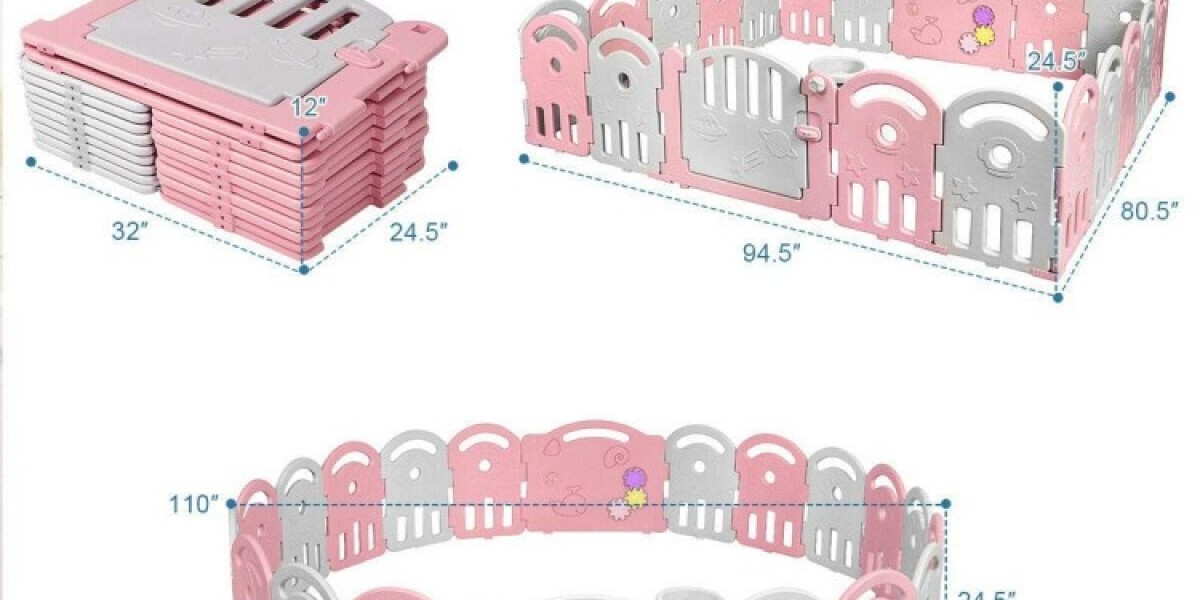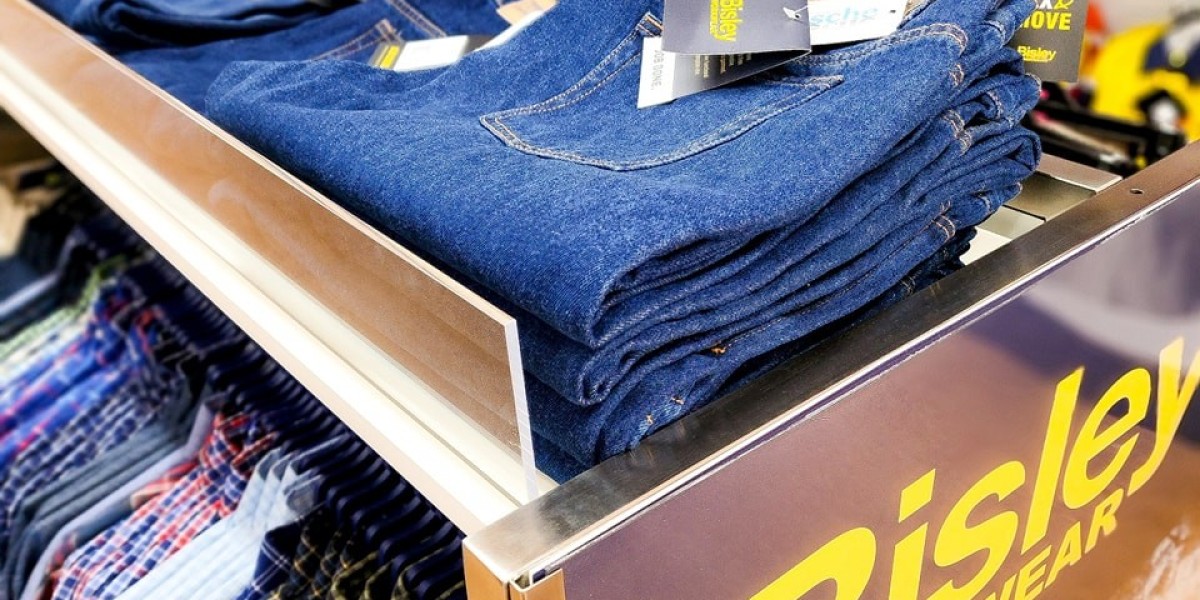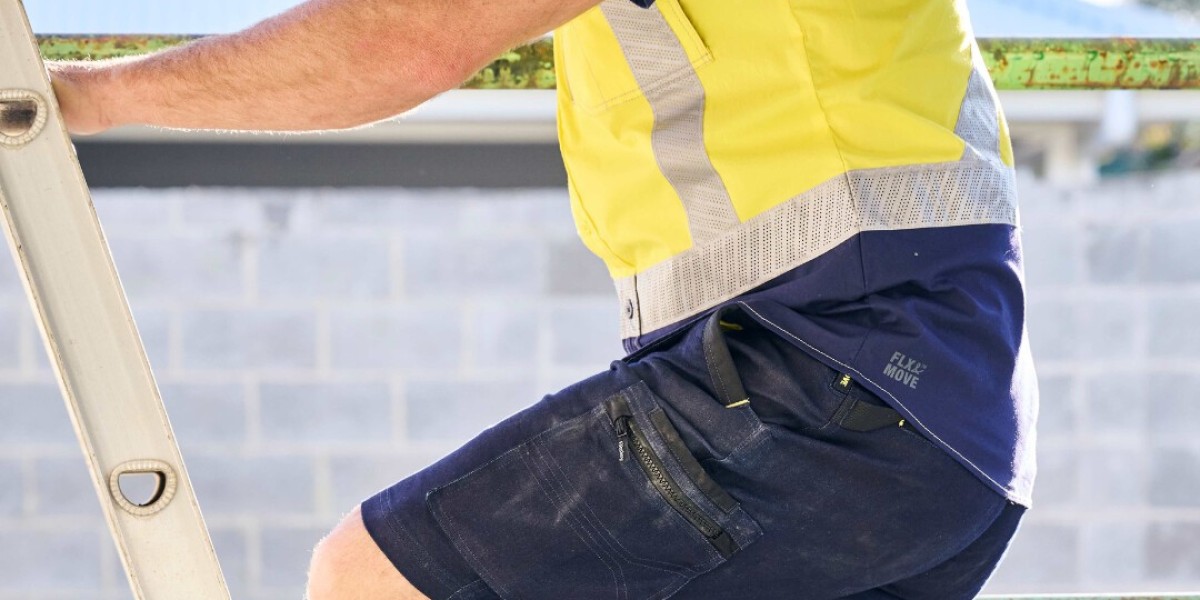A fabric mesh child fence is a type of fence specifically designed to keep children safe. It is usually used in homes, kindergartens, schools, parks and other places to limit the scope of children's activities and prevent them from contacting dangerous areas or leaving designated areas.
The characteristics of cloth mesh children's fence are as follows:
Material: Usually soft fiber materials, such as polyester fiber or polypropylene fiber, are used to ensure that the surface of the fence is smooth, non-toxic, non-irritating, and safe for children's skin.
Woven structure: Tightly woven mesh structure is used to prevent children's hands, feet or heads from getting into the fence, ensuring children's safety.
Visibility: Fabric mesh fences usually have good transparency and ventilation, allowing guardians to clearly see the children in the fence, while also allowing children to feel their surroundings and reduce the feeling of confinement.
Adjustability: Fabric mesh child fences can often be adjusted and installed as needed to accommodate different space and shape requirements. They can be disassembled and moved as needed, providing flexibility and convenience.
Security: Fabric mesh fences often have child-proof gates equipped with locks or other safety devices so that guardians can easily enter and exit the fence and ensure that children cannot open the fence on their own.

The installation and use of fabric mesh child fences should follow relevant safety standards and guidelines. When using playpens, guardians should closely monitor children to prevent accidents. Additionally, regularly check the stability and safety of the fence to ensure it is effectively keeping children safe.
Fabric mesh children's playpens are suitable for children of all ages, but they are mainly suitable for smaller children, especially infants and toddlers in the crawling and toddler stages. Children at this stage are usually full of curiosity about the surrounding environment, and their mobility is not mature enough and they can easily go out of the sight of their guardians, so they need additional protection and restrictions.
The design and structure of the fabric mesh children's fence mainly takes into account the characteristics and needs of children of this age. They usually have a lower fence height to prevent babies and toddlers from climbing or climbing over the fence. The design of the mesh structure can prevent the hands, feet or heads of infants and young children from getting into the fence and avoid dangerous incidents. In addition, the transparency and ventilation features allow the guardian to clearly see the child and the child to feel the surrounding environment.
For older children, especially toddlers and preschoolers with advanced crawling or climbing abilities, a fabric mesh fence may no longer be suitable. These children may require taller fences or other types of fencing to provide adequate safety.
Therefore, fabric mesh children's playpens are most suitable for infants and toddlers in the crawling and toddler stages, usually for children from about 6 months to 3 years old. However, age is only a rough guide, and the specific age range for use should be based on the child's individual development and behavioral abilities, and should be used under the close supervision of a guardian.



